Yates Account
Join now
Create a Yates account today!
Sign up to join the Yates Garden Club for monthly e-mails packed with seasonal inspiration, tips for success & exclusive promotions.
Plus if you’re a Garden Club member you can take part in the Yates Growing Community - a blog to share successes, get advice & win prizes in fun challenges along the way!

Forgot password
Enter the email address associated with your account, and we'll email you a new password.
Lepidoptera
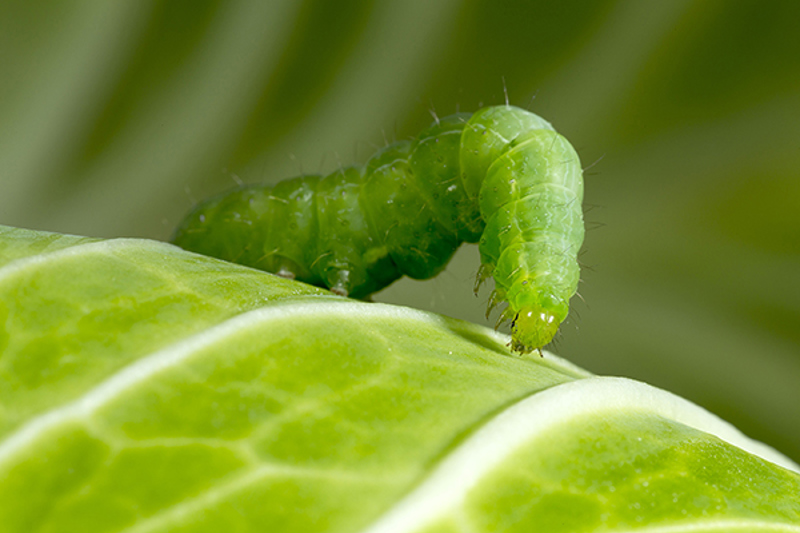
What are Caterpillars?
Caterpillars are the larvae of moths and butterflies, both classified into the order (family) of Lepidoptera. Entomologists estimate that there are around 1,600 native species in New Zealand, with about 200 introduced species added to the total.
Adult moths and butterflies usually have ‘proboscises’ to harmlessly suck nectar from flowers. Unfortunately, their caterpillar larvae have chewing mouthparts and an voracious appetite for plants, so they can inflict considerable damage on gardens. Luckily, not all caterpillars are pests; only a small proportion of species are a problem.
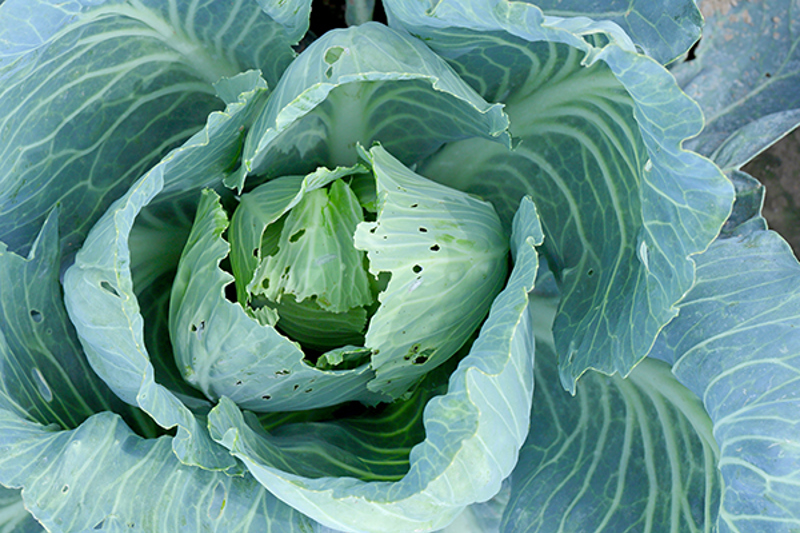
The first thing to do when you see caterpillars on a plant is identify them. If it’s a serious pest species, you may need to control them, but if it isn’t a pest species you might decide to tolerate the damage. Bear in mind that adult moths and butterflies do good service as pollinators for your plants!
For example, if you have a kawakawa tree with messy holes in the leaves, the culprit will be the Kawakawa looper (Cleora scriptaria). This chewing doesn’t bother the tree. In addition, this caterpillar has a reputation for helping itself to only the choicest, juiciest leaves, so if you’re making kawakawa tea you could just decide to let the caterpillars point them out for you and harvest the holiest leaves!
Or, if you see the cartoonishly crazy caterpillars of the Emperor Gum Moth (Opodiphthera eucalypti) feeding on a eucalyptus tree, you might be tempted to overlook the tattered leaves and just watch their fascinating life cycle unfold. Although they’re an Australian native, NZ has had Emperor Gum Moths living here since the 1920s.
However, we know you’re probably reading this because they’re eating your vegies and you want to eliminate them with extreme prejudice! The good news is, there are plenty of ways to combat caterpillars.
The first secret is keeping an eye on your plants, so you can detect them early. After a while you’ll become familiar with what caterpillar damage looks like. If you spot damage, have a closer look to see if you can find some caterpillars and work out what they are.
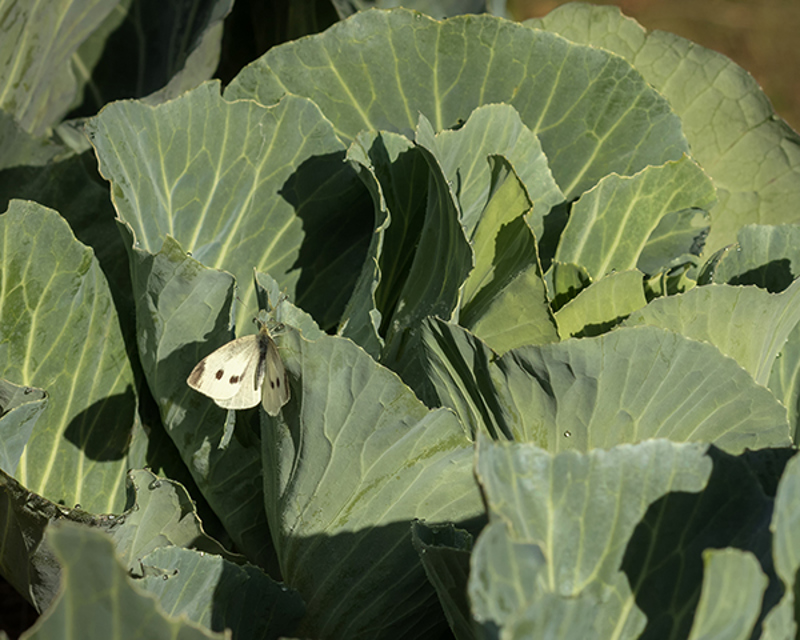
How to Get Rid of Caterpillars
If you routinely get incursions of pest caterpillars, there are things you can do to prevent serious damage.
Regular monitoring of your garden means a major infestation won’t catch you unawares. Caterpillar control methods are way more effective if you can tackle an infestation in its early stages.
In New Zealand, the main vegetable pest caterpillars you’ll run into are Cabbage White Butterfly, Diamondback Moth, Green Looper, Greasy Cutworm and Tomato Fruitworm. We also have Codling Moth and Guava Moth boring into a range of fruit and spoiling it. There’s even a subterranean lawn pest caterpillar; Porina (it’s never going to win a caterpillar beauty competition).
In 2022 the very destructive Fall Armyworm arrived in NZ, an outbreak that’s currently spreading in the North Island. Fall armyworm is difficult to control due to the ‘plague’ nature of the pest. It’s a prolific egg-layer with a very fast lifecycle, and caterpillars have a voracious feeding habit, on a wide range of plants. This nasty new pest can sometimes be confused with the closely related Tropical Armyworm, which has been established in NZ for some time.
To control caterpillars and prevent them from damaging plants, try Yates Success Ultra. This clever product is derived from fermented soil bacteria (Saccharopolyspora spinosa). The active ingredient (Spinetoram) is absorbed by contact with the insect and ingestion while feeding. Yates Success Ultra has ”translaminar activity”, which allows it to penetrate the leaf cuticle and move into the leaf tissue; this enables it to move from the upper surface of the leaf to the underside, improving spray coverage on difficult to access leaf surfaces.
If you prefer a natural option, try Yates Nature’s Way Citrus, Vegie & Ornamental Insect Spray. It’s an organically certified pyrethrum and oil combination insecticide, with twin modes of action against garden pests. Made from natural pyrethrum (from the pyrethrum daisy) and canola oil, this formula effectively controls a wide range of insect pests, including caterpillars. It’s BioGro approved for organic gardening.
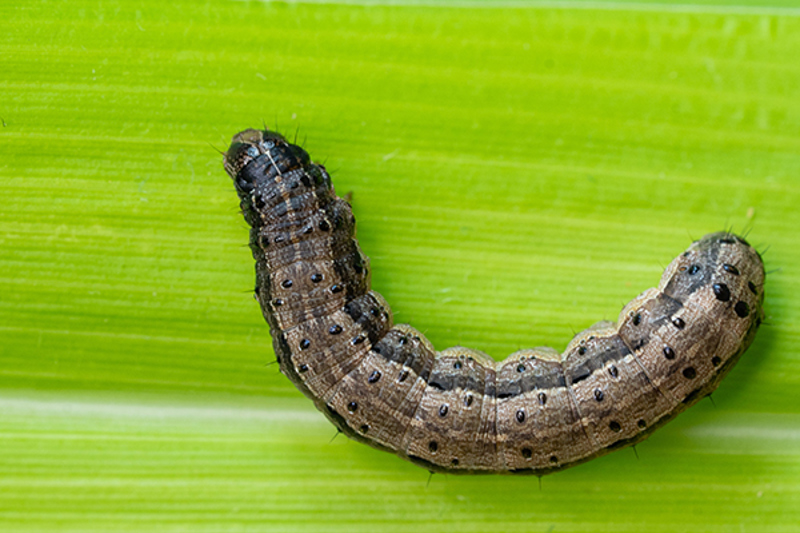
The Fall Armyworm, Spodoptera frugiperda
All You Ever Wanted to Know About Caterpillars...Science™ Alert!
Caterpillars are incredibly diverse in their anatomical forms, their feeding habits and their behaviour. Caterpillars have various common names depending on the species involved – for example, Armyworm, Looper, and Cutworm.
Moths and butterflies grow through a life cycle of complete metamorphosis – egg to larva, to pupa, to adult. The caterpillar stage is actually the only time that moths and butterflies grow in size. When caterpillars first hatch from an egg, they’re tiny (approximately 1 mm long), but to grow larger they need to moult. As a caterpillar feeds, it expands, and the skin stretches and eventually splits. After emerging from the split skin, the now larger caterpillar stays pale in colour for a few hours, until its new skin hardens and usual colour resumes. Each growth stage is known as an ‘instar’ and there are always several instars before pupation.
Depending on the species involved, caterpillars can feed on any part of a plant – flowers, leaves, bark, stems, fruit, or roots. They may feed openly during the day, or only feed at night, or they may feed completely out of sight, by tunnelling into various plant parts.
A key thing to note about caterpillars, is that they eat 90% of the food they’ll ever eat in their final instar. This means it’s best to control them at their early stages, while they’re still small.
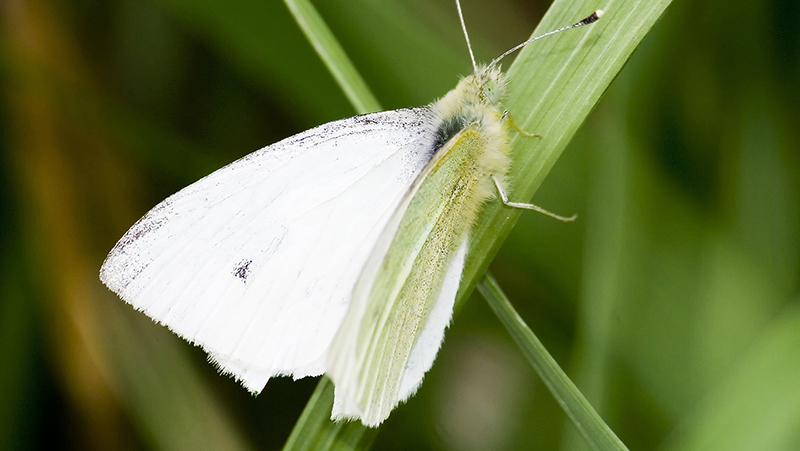
Moths and Butterfly Physiology
Moths and butterflies fall under the order of Lepidoptera, a word derived from the Greek lepís ‘scale’ + pterón ‘wing’, therefore, ‘scaly wings’. The wings of moths and butterflies are covered with tiny overlapping scales. Their heads and parts of their thorax and abdomen have scales and also a dense covering of hairs. Both the scales and hairs provide insulation, which has allowed moths to evolve into the dominant night flying insect.
The scales give the insects their colour, either from pigments in the scales, or by a fascinating method called structural colouration. This means the scales have a microscopic texture that refracts light (the same as peacock feathers! This explains why butterflies can be iridescent).
Moths and butterflies usually have a proboscis, which they use to extract nectar from flowers. When not in use, the proboscis curls up neatly under their heads.
How to Tell the Difference Between a Moth and a Butterfly?
- Butterflies always have antennae with a club at the tip, while moths usually have feathery or thread-like antennae.
- Butterflies usually hold their wings upright when resting, unless they are sunning themselves, while moths usually fold theirs down.
Caterpillar Physiology
Most caterpillars (larvae) resemble a soft elongated tube with legs. They have three pairs of ‘thoracic legs’, which are located just behind the head. They also have a varying number of fleshy barrel-shaped abdominal legs or ‘prolegs’. These prolegs allow them to grip a stem while feeding. Most caterpillars have four pairs of prolegs, but ‘Looper’ caterpillars have only two pairs which results in their characteristic ‘looping’ gait.
The head of caterpillars is dominated by what look like two huge eyes, but it’s actually the epicranium or ‘head capsule’ of the caterpillar. The head capsule is divided by an inverted Y-shaped line extending down from the top of the head. This Y-shaped line distinguishes caterpillars from any other insect larva – for example, Beetle or Sawfly larvae.
Caterpillars have simple eyes (known as ‘stemmata’) which are only capable of distinguishing between dark and light, giving the caterpillars some spatial awareness. Caterpillars have six stemmata, which are inconspicuous raised dots, located on each side of the head capsule.
When caterpillars moult, they usually eat their old skin, but leave the old head capsule because it’s too hard for them to chew.
Symptoms of Caterpillar Damage
Caterpillars feed on a vast range of plants. Often their common name reflects what a caterpillar prefers to feed on, for example, Tomato Fruitworm, Lawn Armyworm, Kowhai Moth, Cabbage Tree Moth, etc.
- Defoliation is one of the most obvious and dramatic symptoms of a caterpillar infestation on a plant.
- More subtle symptoms include leaf edge scalloping, small holes in leaves, and skeletonised leaves.
How to Prevent Caterpillars Appearing
Monitor
- Watch for moths and butterflies fluttering around susceptible plants.
Prevent
- Place netting over plants where practical, with a weave small enough to stop moths or butterflies of pest species laying eggs on your plants.
- Break the life cycle by picking off leaves with eggs or small caterpillars (early instars) on them. Pick off large caterpillars (final instar) if there aren’t too many.
Natural Enemies
- Several parasitic wasps (including Chalcid wasps ) and one native fly species. Some parasites are specific to particular caterpillars.
- Predators such as paper wasps, German wasps, praying mantis, soldier bugs and birds
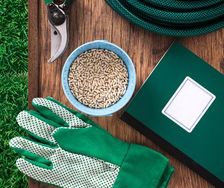















Share
Share this article on social media